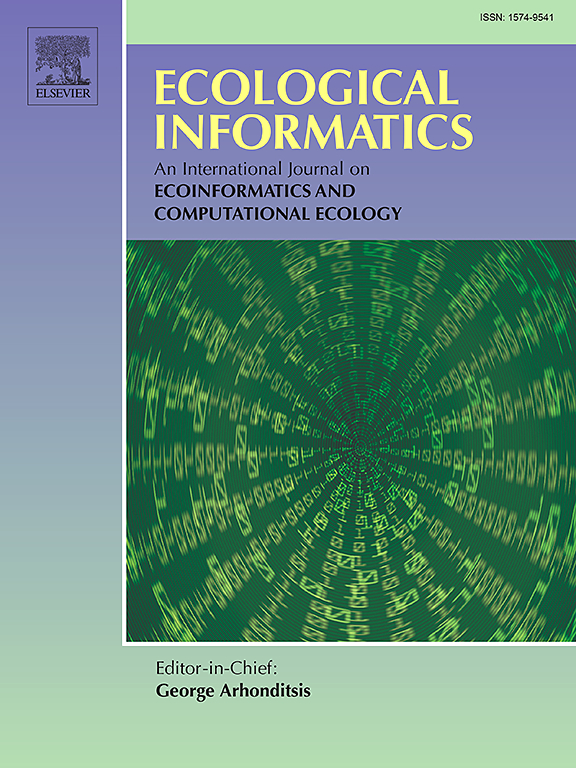ResHAN-GAM: A novel model for the inversion and prediction of soil organic matter content
IF 7.3
2区 环境科学与生态学
Q1 ECOLOGY
引用次数: 0
Abstract
Soil organic matter (SOM) is crucial in determining soil health, improving crop production, and enabling sustainability in agriculture. Precise determination of SOM content is thus crucial for land management as well as for maintaining ecological equilibrium. This research introduces a new hierarchical attention mechanism that unifies residual networks with GAM attention. Through data smoothing and discretization in terms of fractions, the model is equipped to effectively repress noise as it enhances primary spectral features related to SOM, thus enhancing the robustness as well as explainability of the model. Hyperspectral reflectance data were recorded in the visible to near-infrared (Vis-NIR) range (350–2500 nm) with a high spatial-resolution sensor. The dataset is made available with samples from lands under cultivation for soybean as well as corn in the fertile black soil region. Experimental results indicate that the proposed method achieves an value of 0.945, an RMSE of 0.117% and RPD of 4.26 on the validation set. Furthermore, the model’s generalization ability was validated using the Land Use/Cover Area Frame Survey (LUCAS) dataset, a large-scale European soil database, where similarly high performance was achieved. These results highlight the effectiveness and transferability of the proposed method in estimating SOM content, offering a reliable, non-destructive tool for large-scale soil monitoring and environmental protection applications.
ResHAN-GAM:一种新的土壤有机质含量反演与预测模型
土壤有机质(SOM)在决定土壤健康、提高作物产量和实现农业可持续性方面至关重要。因此,精确测定土壤有机质含量对土地管理和维持生态平衡至关重要。本研究引入了一种新的分层注意机制,将残差网络与GAM注意相结合。通过数据平滑和分数离散化,增强了与SOM相关的主要光谱特征,有效地抑制了噪声,增强了模型的鲁棒性和可解释性。利用高空间分辨率传感器记录可见光至近红外(Vis-NIR)范围(350-2500 nm)的高光谱反射率数据。该数据集的样本来自肥沃的黑土地区种植大豆和玉米的土地。实验结果表明,该方法在验证集上的R2值为0.945,RMSE为0.117%,RPD为4.26。此外,使用土地利用/覆盖面积框架调查(LUCAS)数据集(一个大型欧洲土壤数据库)验证了该模型的泛化能力,该数据集实现了类似的高性能。这些结果突出了所提出的方法在估算SOM含量方面的有效性和可转移性,为大规模土壤监测和环境保护应用提供了可靠的、非破坏性的工具。
本文章由计算机程序翻译,如有差异,请以英文原文为准。
求助全文
约1分钟内获得全文
求助全文
来源期刊

Ecological Informatics
环境科学-生态学
CiteScore
8.30
自引率
11.80%
发文量
346
审稿时长
46 days
期刊介绍:
The journal Ecological Informatics is devoted to the publication of high quality, peer-reviewed articles on all aspects of computational ecology, data science and biogeography. The scope of the journal takes into account the data-intensive nature of ecology, the growing capacity of information technology to access, harness and leverage complex data as well as the critical need for informing sustainable management in view of global environmental and climate change.
The nature of the journal is interdisciplinary at the crossover between ecology and informatics. It focuses on novel concepts and techniques for image- and genome-based monitoring and interpretation, sensor- and multimedia-based data acquisition, internet-based data archiving and sharing, data assimilation, modelling and prediction of ecological data.
 求助内容:
求助内容: 应助结果提醒方式:
应助结果提醒方式:


